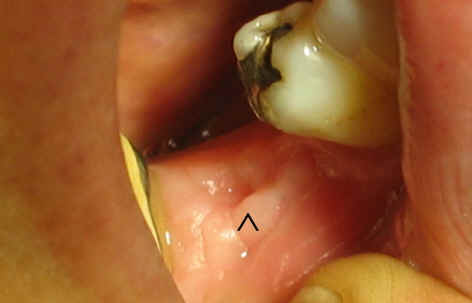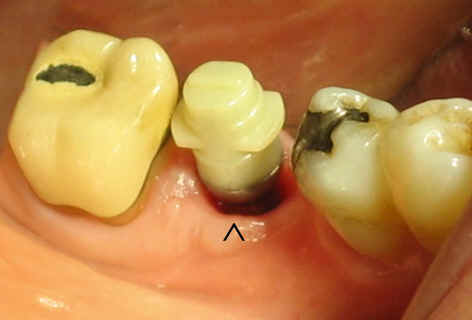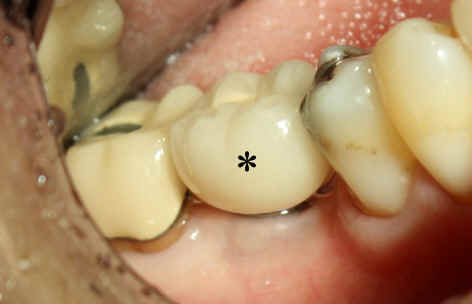|
|
 |
|
Fig.1 |
Fig.2 |
 |
 |
|
Fig.3 |
Fig.4 |
|
|
 |
|
Fig.1 |
Fig.2 |
 |
 |
|
Fig.3 |
Fig.4 |
Dental Education Lecture: Steps for Implant
In last lecture, we discuss disadvantages of bridge. To make a bridge, we need to grind two neighboring teeth and increase the chance of wearing and tearing down the teeth on the opposing jaw. Bad things happen in Mr. Tong.
Last year his wife lost a back tooth (Fig.1: *). Two options were discussed: bridge and implant. To make a bridge for Mrs. Tong, we would have to remove the cap (crown) in the back. Removing the cap may be detrimental to the back tooth. The tooth may be snapped. The tooth on the other side of the missing tooth has two large fillings. One is silver filling, the other is white filling (Fig.1-4). To grind down this tooth may damage the nerve in the middle. To prevent nerve infection, we would have to do root canal. Mrs. Tong does not like the idea of root canal, because she lost the tooth in Fig.1 due to failure of root canal. In addition, she cannot tolerate the fact that she cannot use dental floss regularly around the bridge.
Although Mrs. Tong did not like surgery, she chose implant. As mentioned before, implant involves two major procedures: The 1st one is to place an implant; the 2nd one is to open up the gums and place an abutment and a crown. To Mrs. Tong's pleasant surprise, the 1st surgery caused minimal discomfort. The wound healed in no time (Fig.2 arrowhead). Several months later, we opened up the gums. The latter healed very well (Fig.3 arrowhead). The metal portion around the opening is the abutment; above the metal is the device for impression for crown. Two weeks later, she had a beautiful crown (Fig.4: *). She can chew normally with it. Do you want to see how bone heals around the implant?
Xin Wei, DDS, PhD, MS 1st edition 11/22/2009, last revision 09/28/2012